Baseball Gloves & Mitts
Popular Baseball Gloves & Mitts
See more Popular Baseball Gloves & Mitts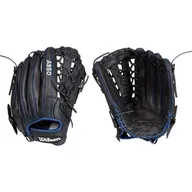
Wilson A950
16 Available

Wilson A2000
976 Available
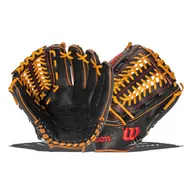
Wilson A2K
219 Available

Wilson A2000 1786
59 Available
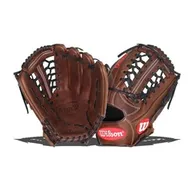
Wilson A1000
77 Available

Wilson Staff
34 Available
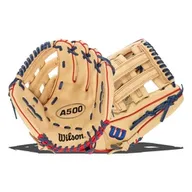
Wilson A500
48 Available
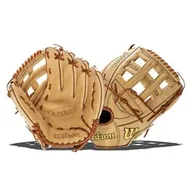
Wilson A2000 1799
7 Available
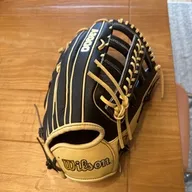
Wilson A2000 1810
6 Available
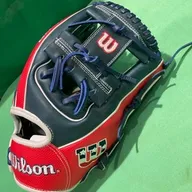
Wilson A2000 1975
14 Available
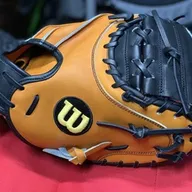
Wilson A2000
9 Available

Wilson A2000 1716
5 Available

Wilson A2000 1750
5 Available
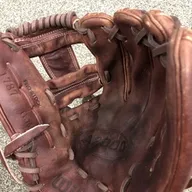
Wilson A2000 1787
9 Available
Trending Baseball Gloves
See more
Bsbl_chase11
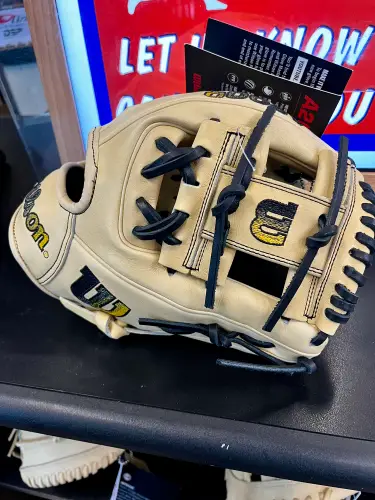
ProtechProducts
NEW/BLEMMED 2023 Wilson A2000 1786 11.5" Infield Glove RHT WBW100969115 ►2-DAY SHIP◄
$175
Retail price: $300
edemayo

smuntz11

Angelm2121

GreatLakeSports

fritzgenther

dawells1110

Jam11
2024 Rawlings Right Hand Throw First Base Heart of the Hide Baseball Glove 12.5" (New)
$200
Retail price: $250
Kaden2008
Shop by Glove Position
Infield Baseball Gloves & MittsInfieldOutfield Baseball Gloves & MittsOutfieldCatcher's Baseball MittsCatcherPitcher's Baseball Gloves & MittsPitcherFirst Base Baseball Gloves & MittsFirst Base
135 Results
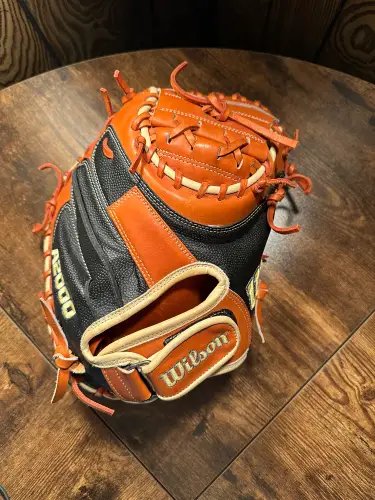
slugger0913
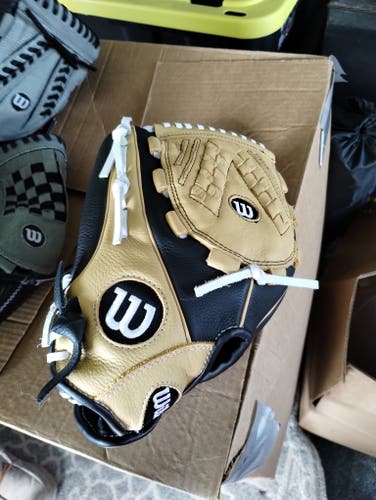
DustinV86
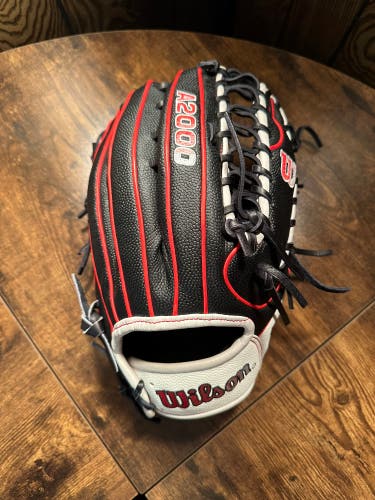
slugger0913
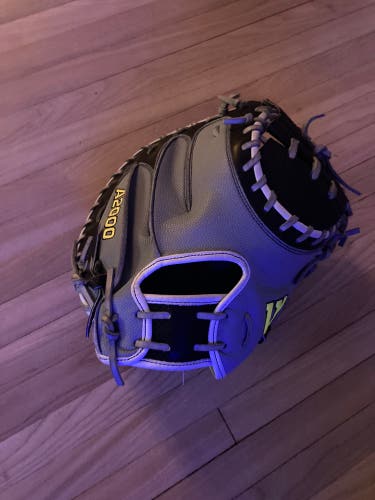
Rome7
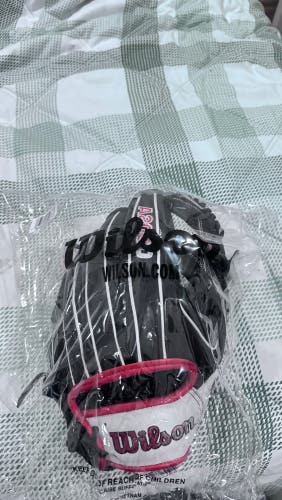
Creyez19

GloveSwap

GloveSwap
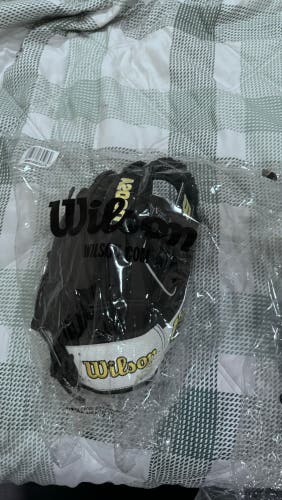
Creyez19

jsshannon

koby_croft

GloveSwap

Nicolemariex6
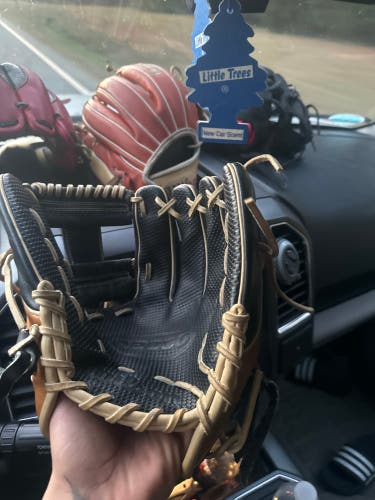
PastTime
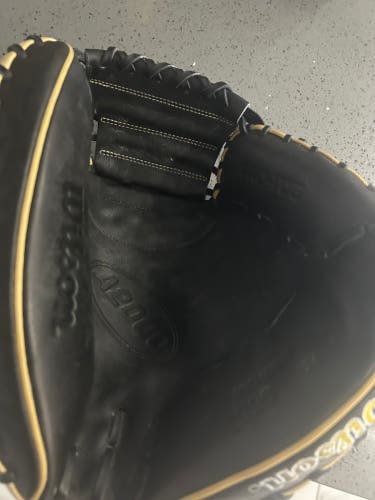
Javier14
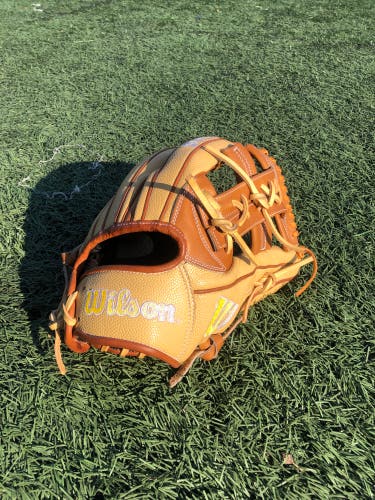
nevkrishnan13

BatFlip
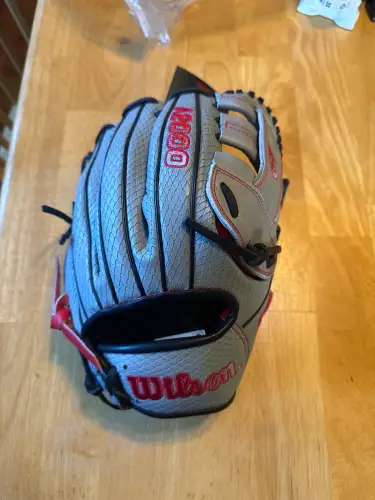
Mickey23
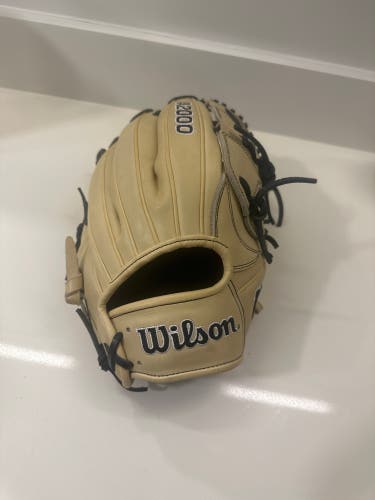
Brandonbibler55
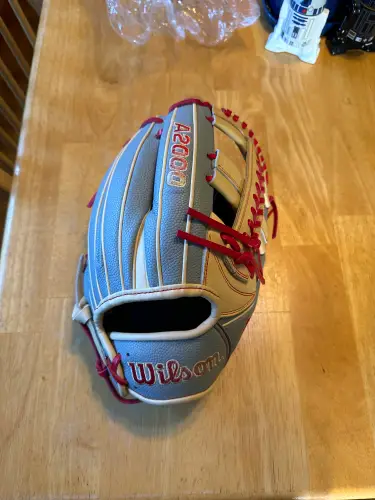
Mickey23

BatFlip
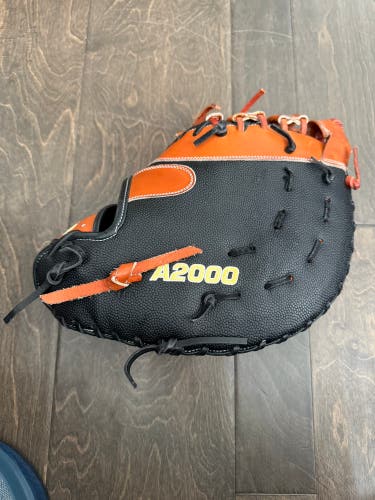
Timmcteo

Mel10

GrantTidrick
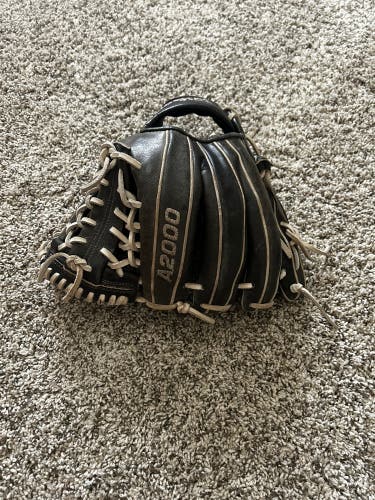
Grayson855
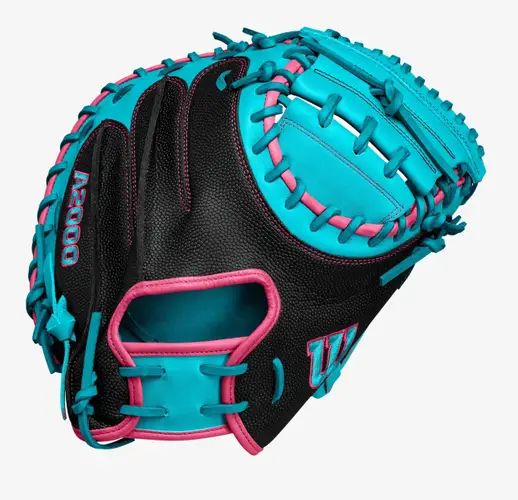
TheBatRack

VillaGloves
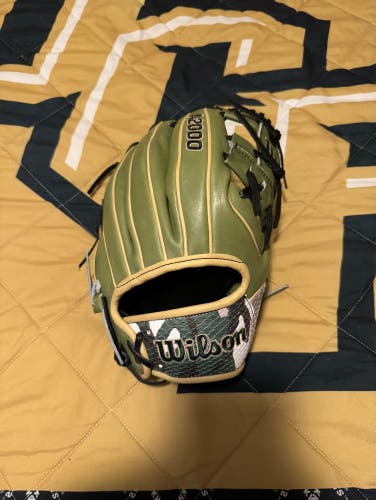
813_bats

maddens1
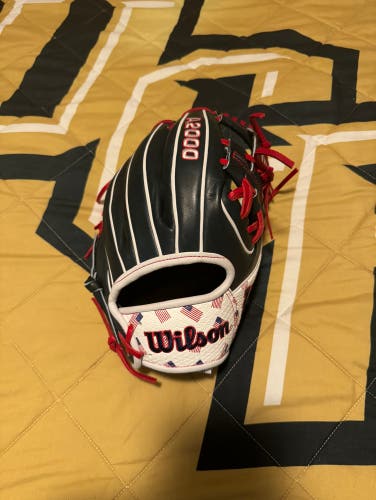
813_bats

Ramrod911
Related Articles
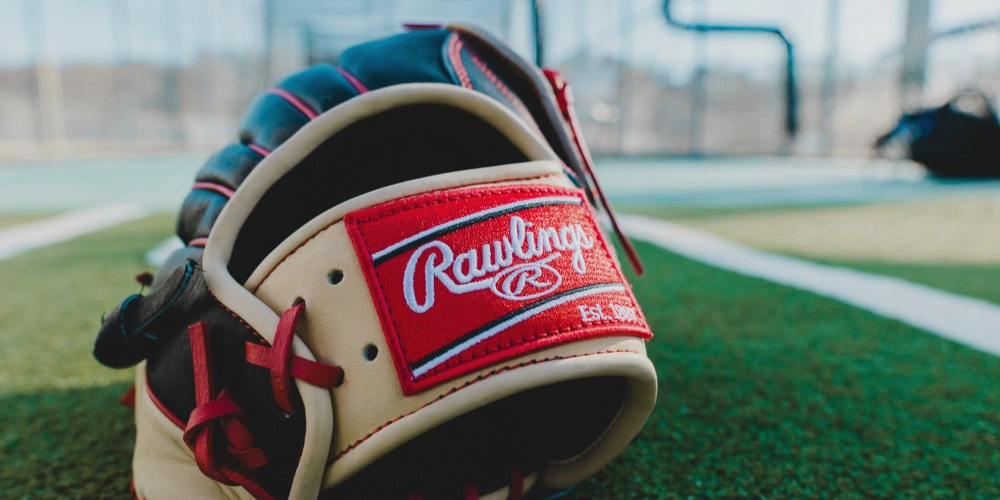
How to Break In Your Baseball Glove
Congratulations! You’ve just bought a brand new baseball glove, which is a great investment in your baseball career. Now, it’s your duty to take care of this investment.
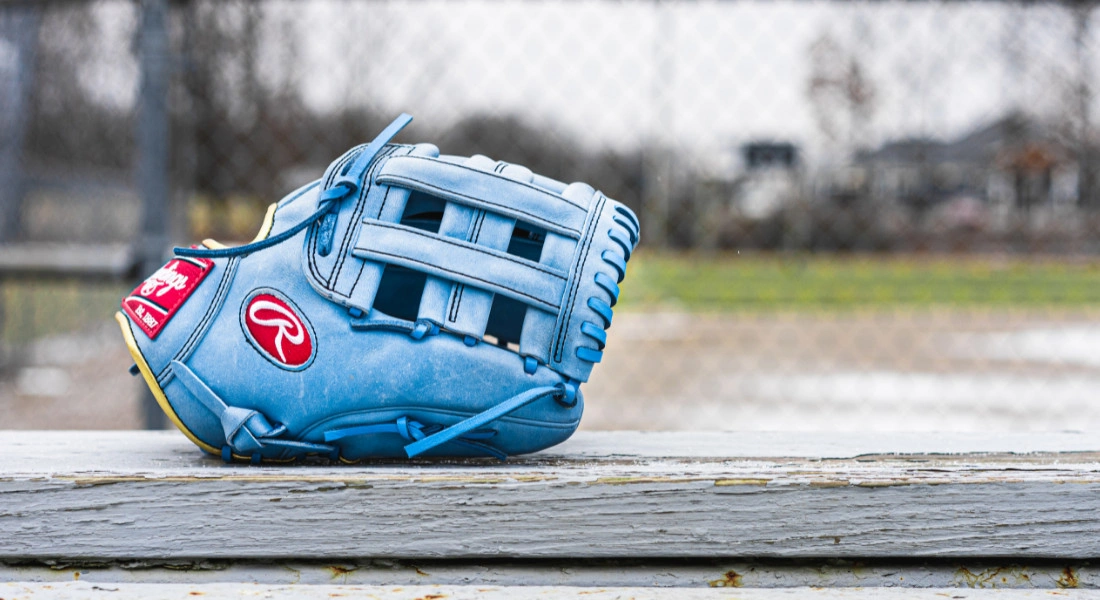
Guide to Baseball Glove Types and Styles
While deciding to get a glove is easy, the choice of which glove to buy can be overwhelming.
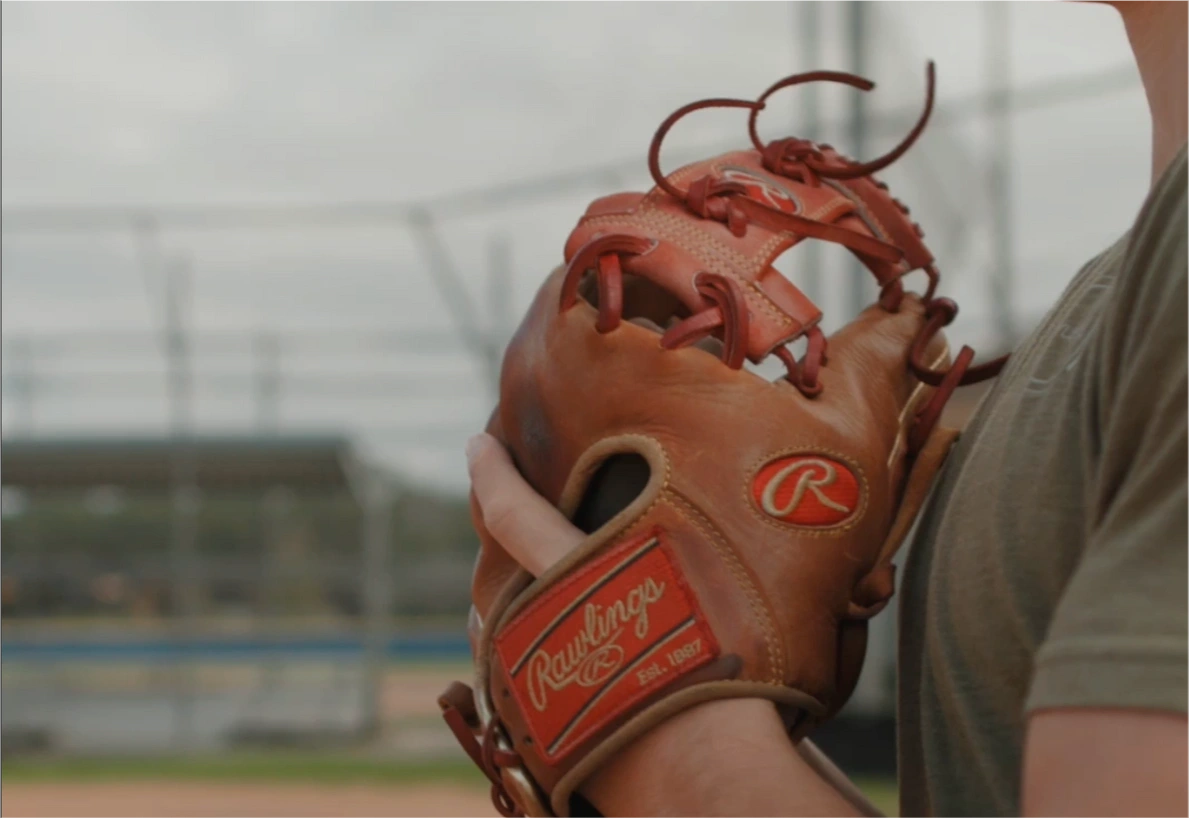
Caring for a Baseball Glove
There are many ways to prolong the lifespan of a baseball glove. Our glove expert breaks down a few of the most popular.



